Restoration & Repair Services
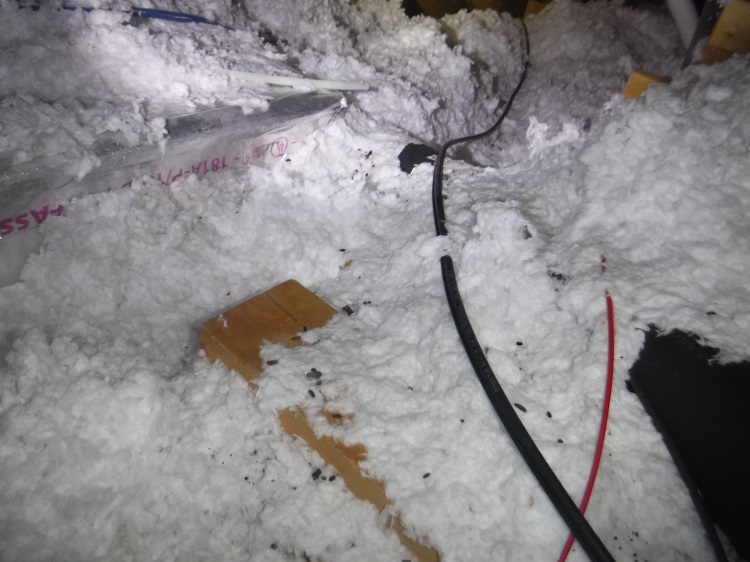
Wild animals can cause a lot of damage to your home. Especially to your attic space and the insulation if they’ve chosen to live there. Removing the animal is sometimes the least of your concerns. Rodent, Raccoon or bat infestations can leave you with your insulation needing to be replaced. Feces and urine from these animal infestations will soak into your insulation which will breed not only mold but all the nasty bacteria these airborne pathogens can put you and your loved ones at risk for disease. On top of that prolonged buildup of feces and urine can cause structural damage to your attic. Insulation removal takes a lot of preparation. You have to first make sure that there is no asbestos, which is likely if your home was built between the 1930s and 50s. You can by tests to check for asbestos at a home improvement store. If there is asbestos, you will need to hire professionals to remove it for you. When dealing with any kind of infestation it also is beneficial to have a professional come out as there may be some dead carcasses in your attic that also carry bacteria and disease and need to be properly disposed of. Once the affected insulation had been replaced, treating the attic with an anti-microbial application that will break down all feces and urine and sanitize your home of all bacteria and disease. This will ensure that you no longer have to worry about health issues. The benefits of the Antimicrobial Attic Treatment are it will get into every little nook and cranny of your attic to ensure that there is nothing left behind. Finally once the Attic has been fully clean and treated we will install new Pest Control Cellulose insulation into the attic to the appropriate energy saving levels. When we are all said and done our attic restoration team will have your attic looking like it never had an animal infestation at all!
Insulation Removal
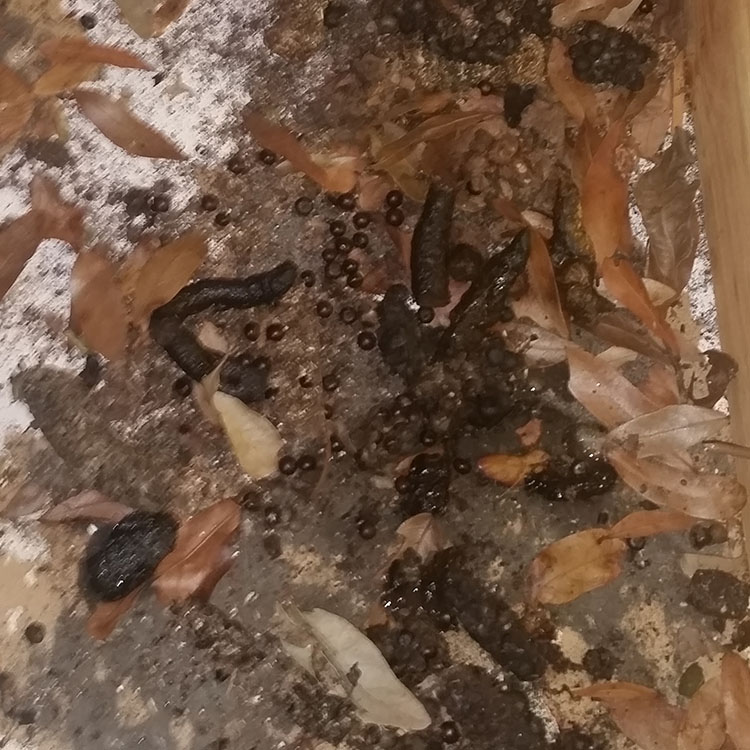
Many homeowners inquire about removing the old insulation from their attic after they have had an infestation with animals in the attic. We strongly recommend removing old insulation after an infestation since the insulation has been damaged and is now infested with bacteria. Insulation is in your attic but so is your duct work and vents that lead inside the house, if you leave this infested bacteria ridden insulation in your attic it is only a matter of time until that bacteria and those diseases make it into your home and you are breathing them in. This is why we strongly recommend removing soiled insulation and sanitizing and properly disinfecting the attic after you have had critters in the insulation.
Most homes have insulation already in their attic. This will be the insulation that is now contaminated and soiled after the animal infestation. The soiled insulation will have feces and urine stains and tons and tons of bacteria. This old insulation has to go ASAP!
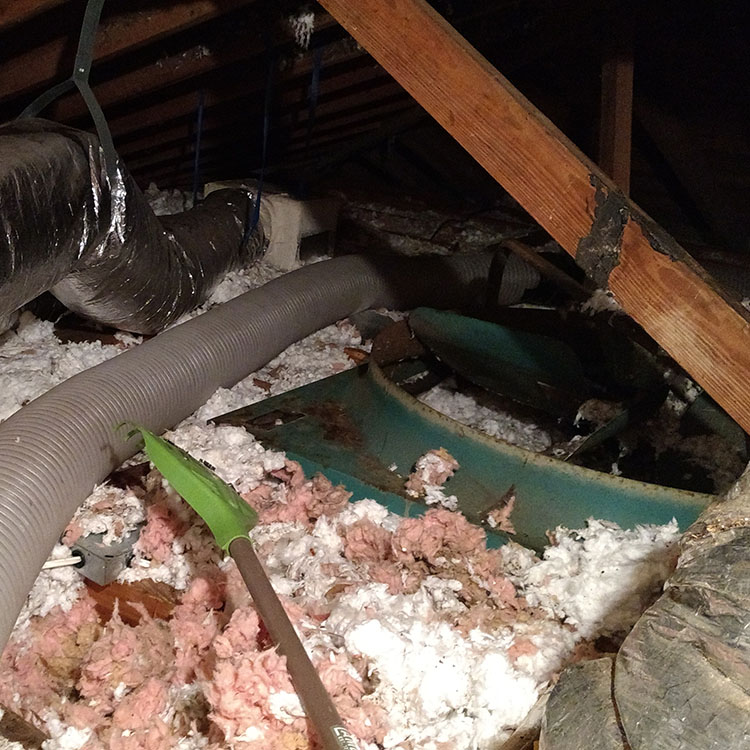
In the instances where insulation removal is required, we have 2 different types of removal process for getting rid of the soiled and contaminated insulation. If you have old rolled in insulation we will hand-remove the fiberglass rolls and pack them in bags that are carefully removed from your attic. The attic Restoration contractors will wear all the appropriate protective equipment when removing contaminated insulation to ensure the safety of themselves and of you. We will wear full suites in the attic, gloves, goggles and respirators to guarantee no bacteria is ingested. If the attic has blown in insulation we use a large commercial insulation removal vacuum to remove all the contaminated insulation material. The vacuum is usually outside the house with a large hose that will lead into the attic, the insulation removal vacuum works by creating a “negative pressure” in the attic such that air is being drawn up into the attic, this ensures a clean job where little or no debris enters the home. At the end of the insulation removal vacuum are large bags that all the contaminated insulation gets pushed into. The old insulation is bagged up ensuring that the insulation removal job is preformed cleaned and safe, and once the job is complete the attic restoration professionals will bring the contaminated insulation to the local dumps for proper disposal.
Vacuuming and removal of contaminated insulation after an animal infestation is a very labor-intensive and time-consuming task. We generally need a 2 weeks’ notice to get the job scheduled after all the other steps of the job have been completed and confirmed. We will only perform attic restoration services when it is 100% certain that all the critters from the attic are gone. Once the insulation removal service is scheduled it will take a 2-3 man crew approximately 2-3 business days to complete based on the type of insulation that is being removed and the amount of contaminated insulation that is being removed. Generally speaking all of our inspections for insulation removal quotes are completely free on average we charge by a price per square foot, but there are a lot of variables for insulation removal which is why we send a manager out for a free assessment.
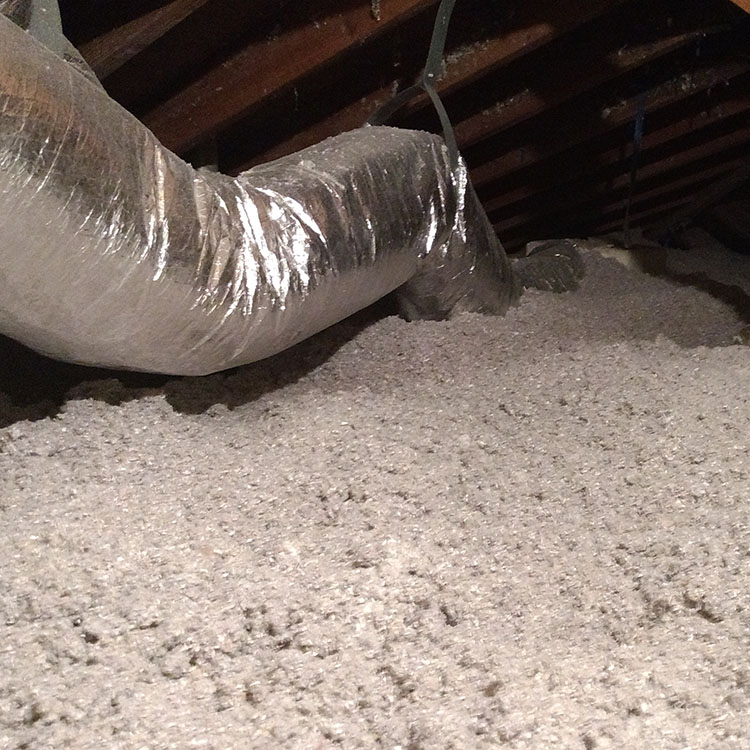
Most insulation removal is based on rodent infestations, Raccoon infections, Bat Control, and Possum eviction from attics. 247wildlifecontrol.com has helped saved customers thousands of dollars over the years with the benefits of installing new insulation after and animal infestation.
We generally offer 2 types of removal programs for removing contaminated insulation: Spot insulation removal and entire attic restoration projects. All too often homeowners figure all the insulation needs to be removed from the attic, this is sometimes the case, or sometimes we can spot remove the insulation in only the contaminated areas. This will really depend on what type of animal infestation you had. Rodents poop all throughout the attic, so most rodent infestations will require all of the contaminated insulation to be removed. In some cases of raccoon infestations that have been addressed as soon as the problem starts, can be easily done and just the areas that the raccoon defecated can be removed. Raccoons differ from rodents in the fact that they only defecate in one area called a latrine. So if you catch the problem fast and there is only 1 or 2 latrines then only those areas of contaminated insulation will need to be removed. But if you wait 1-3 months before fixing the issue with the raccoons in the attic then the infestation might be really bad and there may be a lot of feces and bacteria in the attic that would then merit the cause for all the insulation to be removed, sanitized and replaced. We will generally remove the infested areas and add more insulation to bring the entire attic up to R-30 or R-38. Like I have stated before there are a lot of variables when it comes to proper attic restoration that is why I always recommend hiring a professional when it comes to restoring your attic back to its original condition and making sure all the bacteria and harmful pathogens are properly removed.
Insulation Replacement
Replacing contaminated insulation and installing new insulation your insulation in the attic can have lead to positive energy saving with appropriate insulating materials. Additionally new insulation will help to enhance your green credentials and provide you with some excellent health benefits in comparison to keeping the old contaminated insulation in the attic. The attic insulation installation and insulation replacement services we offer will provide your family and home with a safe and bacteria free living space with the added benefit that insulation can also lead to energy savings and more efficient homes.
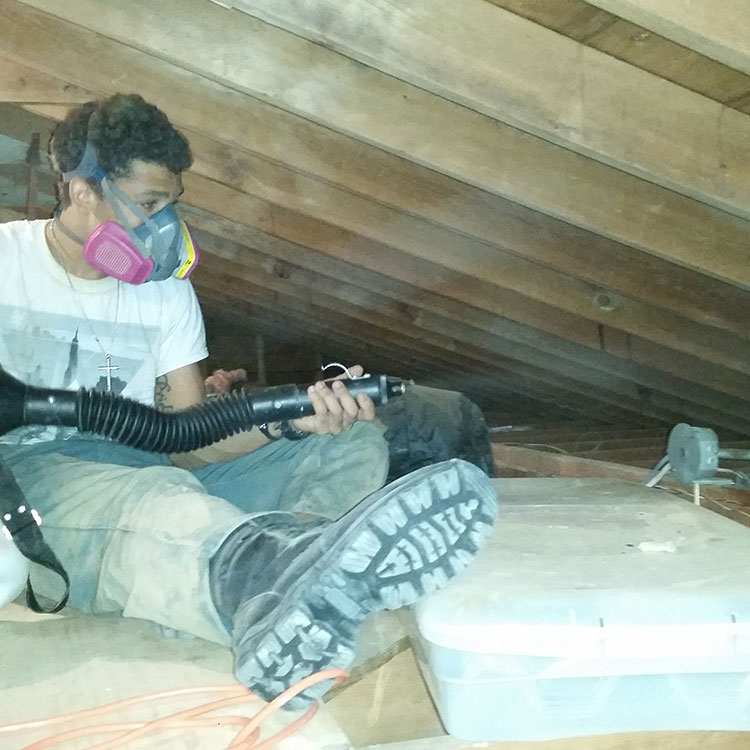
There are so many options when it comes to insulation, our goal is to help not only providing your home with new insulation to replace the old insulation that has been removed but furthermore the insulation will help the attic resist the flow of heat from the sun to your roof through your attic and into the living space, Houses stay warmer in the winter and cooler in the summer. Our goal when installing insulation in attic spaces is to make the attic and clean environment and the entire home more energy-efficient; it’s one of the most important projects a homeowner can do to save energy.
We offer pest control cellulose insulation when installing new insulation in a home after a recent animal infestation in the attic. Cellulose is the most “green” option; it’s basically finely chopped newspaper that has been treated with boric acid as a pest prevention technique and has fire suppression chemicals like ammonium sulfate added to protect the attic from fires. Cellulose insulation is often composed of newspaper or other recycled plant products, like cotton. The insulation comes in block form, for easy transport and application through the machines. As insulation installers, we often prefer this material due to its eco-friendliness. One of our favored types of insulation is a cellulose material composed of post-industrial denim, which would normally go to waste.
How Much Insulation do I Need in My Attic?
Most homeowners are surprised to learn that their home may not have as much insulation as it should. Most homes built only included the minimum required level of insulation and not the recommended level of insulation.

The building code requirements for insulation in new homes and the recommendations from the US Department of Energy have changed over time as a result of increases in the cost of energy. The long-term savings potential increases for homes with more insulation in their attic. As a result of the changes in the cost of energy, there is an opportunity for most homeowners to save money on their heating and cooling bills by adding insulation in their attic.
How do you know if you have enough insulation in your attic? Just measure the depth of the insulation with a ruler and compare the amount that you observe to the simple table below. Remember to identify the correct climate zone below in which you live. If you have less than the recommended level of insulation in your attic, then there is an opportunity to lower your heating and cooling bills by adding additional Pest Control Insulation to your attic.
What is R-Value?
This is a common question and one that needs to be answered. R-Value is short for Resistance-Value and is the amount by which any insulation product slows the flow of heat. The greater the R-value, the better the general performance of the insulation. The R-value of the insulation in your home can be increased simply by adding more insulation.
Pest Control Insulation is a superior insulation product with a good R-value, 3.6 per inch to be exact which is higher than all other types of insulation on the market today. Pest Control Insulation prevents heat loss via conduction and convection. It is also densely packed preventing heat loss via air infiltration and radiation.
What is the Difference Between Pest Control Insulation and Fiberglass?
- Pest Control Insulation has the ability to slow the flow of air as well as heat.
- Since Pest Control Insulation is denser than fiberglass, Pest Control Insulation does a better job at slowing the flow of air. This comes in handy during the winter when your home is most vulnerable to the elements.
- Pest Control Insulation provides better acoustical control throughout your home allowing homeowners to relax in a comfortable environment.
- Pest Control's most differentiating quality is the added layer of pesticide reassuring homeowners that their home and health is protected.
